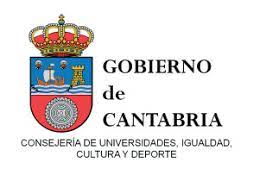The cervantine trilogies
DOI:
https://doi.org/10.55422/bbmp.19Keywords:
Cervantes, Quixote, Three, Triad, RepetitionAbstract
The number three appears in many characteristics and aspects concerning both Miguel de Cervantes and his most famous work, Don Quixote de la Mancha. On the one hand, the author from Alcalá received three shots from an arquebus during the war, he fought three battles against the Turks, he was offered three different futures, there were three witnesses at his wedding and he was locked up in three different prisons. Beyond this, he is considered a triad of professions: novelist, poet, and playwright. On the national and international scene, Don Quixote forms a triad with Don Juan and Celestina in our literature, and Cervantes composes another together with William Shakespeare and Dante Alighieri. Within the novel itself, Don Quixote has up to three versions of his surname; three more people live with him; he makes three trips or sorties; three very important books of chivalry are saved from burning, and a long etcetera. Curiously, the number three is mentioned more than two hundred times in the entire novel and, in the enumerations of elements or adjectives, the structure is usually composed by three words.
Downloads
Publication Facts
Reviewer profiles N/A
Author statements
Indexed in
- Academic society
- Sociedad Menéndez Pelayo
- Publisher
- Sociedad Menéndez Pelayo
Global Statistics ℹ️
|
218
Views
|
58
Downloads
|
|
276
Total
|
|
Downloads
Published
How to Cite
Issue
Section
License
Copyright (c) 2022 Eulalio Ferrer

This work is licensed under a Creative Commons Attribution-NonCommercial 4.0 International License.







